by Spec
This article gives a list of equipment and material needed to get started in electronics. The essential equipment needn’t be expensive.
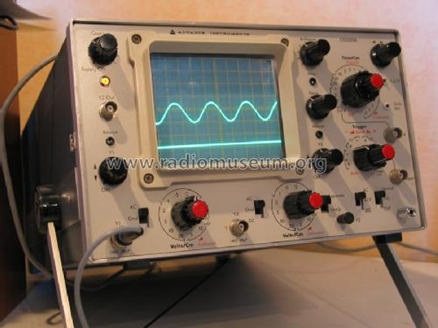 Where to do your electronics project
Where to do your electronics project
At its most elementary, all you need is a board of some kind, a table, and a mains supply. You also need a suitable room, which must be reasonably warm and, most importantly, must be dry. But to progress on to more advanced projects, you really need a dedicated table or, better still, workbench, in a room reserved for electronics.
And if you will be making chassis and cabinets, you need a workshop: part of a garage would be ideal, provided it is dry and at a temperature above about 10 Deg C.
Oscilloscope
An oscilloscope (scope) is in a special category, and the decision to buy an oscilloscope very much depends on your objectives and your budget. There is only one reason why an oscilloscope is not in the ‘Essential’ list: cost. Scopes are much cheaper than they used to be, but they are still relatively expensive.
No other instrument will give you a feel for electronics like a real-time oscilloscope. It is the closest that most people will ever get to see what the electrons are actually doing and, when your first circuits don’t work, an oscilloscope is the quickest way to locate the problem. Just learning how to set up the trigger, adjust the X gain, and the Y time-base will give you a great experience.
There are basically three broad categories of oscilloscopes: real-time, storage, and digital. (to be expanded)
ESSENTIAL EQUIPMENT
(1) soldering iron suitable for fine work
(2) precision wire cutters
(3) precision fine nose pliers
(4) multimeter with good ranges- Fluke model 15A+ or model 17A+ (15A+ with temperature measurement). Ensure protective case and test leads are included. But see more advanced multimeter below in ‘Luxury’ section as cost is not much more.
(5) bench power supply adjustable: 0V to 30V, 0A to 10A linear
(6) bench lamp
(7) loup x20 magnification (eyeglass)
(8) hand pliers
Consumables
(1) Solder, fine, rosin cored (the traditional lead/tin solder is easier to use).
(1) Solder wick (fluxed braid for removing solder)
(2) flux
Documents
(1) electronics reference book/epub. The Art of Electronics
(2) sketchpad lined. (A4 size)
(3) paper notebook (A4 size)
DESIRABLE EQUIPMENT
(1) workbench/table
(2) PC, with internet
(3) oscilloscope (see section above)
(4) small vice around 3.5-inch wide jaw, with ‘soft’ jaws
(5) screwdriver set, flat and posidrive
(6) screwdriver set jeweler’s, flat and posidrive
(8) spanner set small metric
(9) Allen key set, metric and imperial
(10) junior hacksaw + good make blades
(11) files: large, medium and keyhole
(12) twist drill set ( 1mm to 5mm)
(13) hand drill brace
(14) scalpel
(15) calculator, scientific, hand-held
(16) mains plug & socket IEC
(17) ruler, metal, 6″, 12″, 18″ (dirt cheap)
(18) set square, 6″ (get good quality or waste of time)
(19) center punch
(20) solder sucker
Consumables
(1) bolts, nuts and washers: 1.5mm to 5mm
(2) heatsink compound
(3) insulating washers: 1mm to 5mm
(4) epoxy glue
(5) super glue
(6) contact adhesive
(7) fiber-glass matt and resin
(8) PinkGrip: filler adhesive
(9) wet and dry emery paper: fine to coarse
(10) light oil
(11) engine oil
(12) grease lithium
(13) grease silicone
(14) Loctite thread locker
(15) varnish, clear polyurethane, yacht
(16) cord, lacing
(17) tape, Gaffer
(18) tape, insulating
(19) tape, aluminum
(20) tape, transformer yellow
(21) tape, self-amalgamating
(22) tape, Kapton, high temperature
(23) sleeving rubber
(24) sleeving, heat shrink
LUXURY EQUIPMENT
(1) ECAD software [Some versions of EAGLE are free for home use]
(2) simulation software [LTSPICE is free]
(3) signal generator [not expensive]
(4) digital multimeter, high end: Extech EX540 (Digitech QM1574 is the same)
DECADENT EQUIPMENT
(1) pillar drill, small (not expensive)
(2) metal bender
(3) bench, metalworking
(4) vice large, engineers
(5) lathe, small, metalworking
(6) welder TIG AC (for welding aluminum)
(7) gas blowtorch
(8) heat gun
(9) hand electric drill, variable speed
(10) tin snips
(11) solder station
(12) microscope optical [expensive] or electro-optical (camera and display) [reasonable cost]
(13) Dremel miniature shaper
(14) guillotine, metal
You can read more articles from Electro-Tech-Online member “Spec” here:

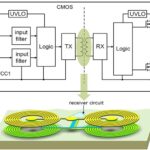
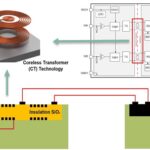
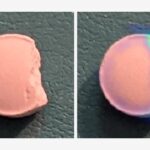

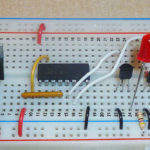

Leave a Reply
You must be logged in to post a comment.